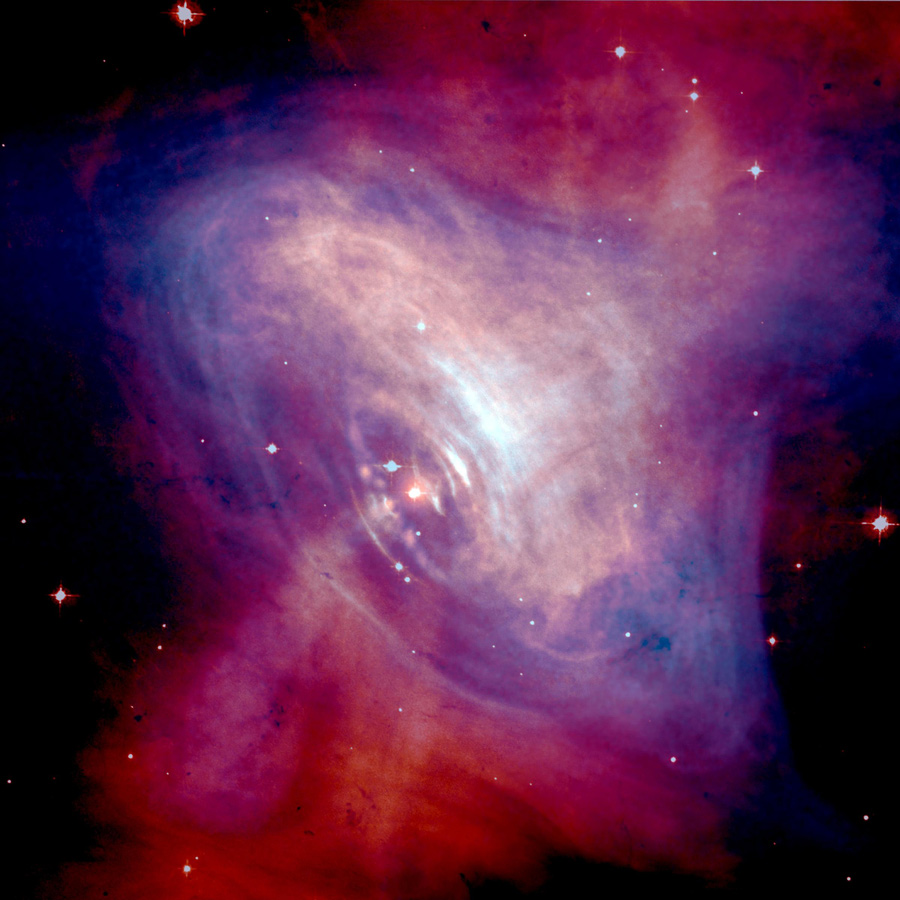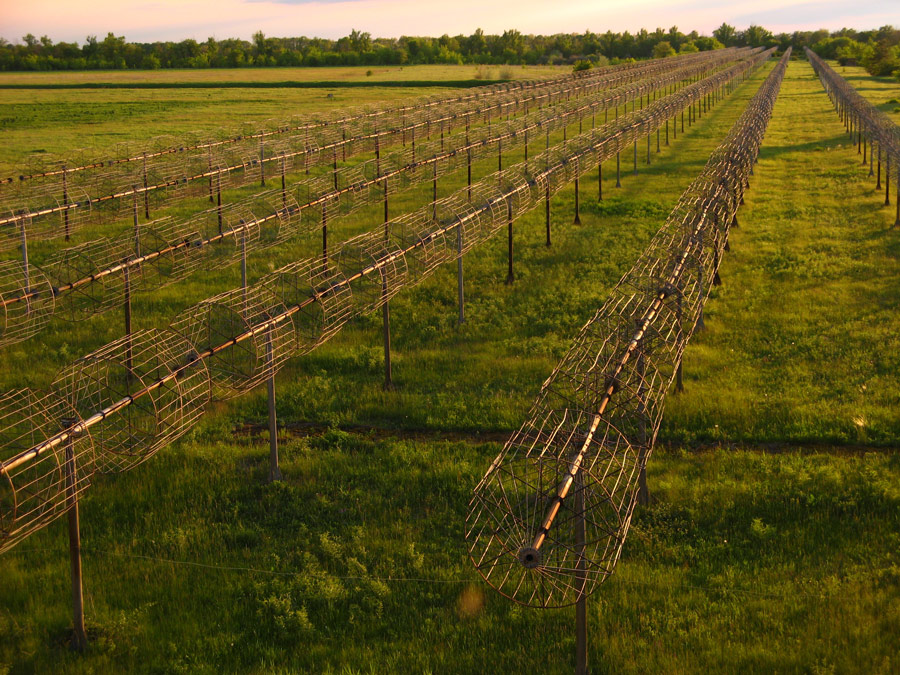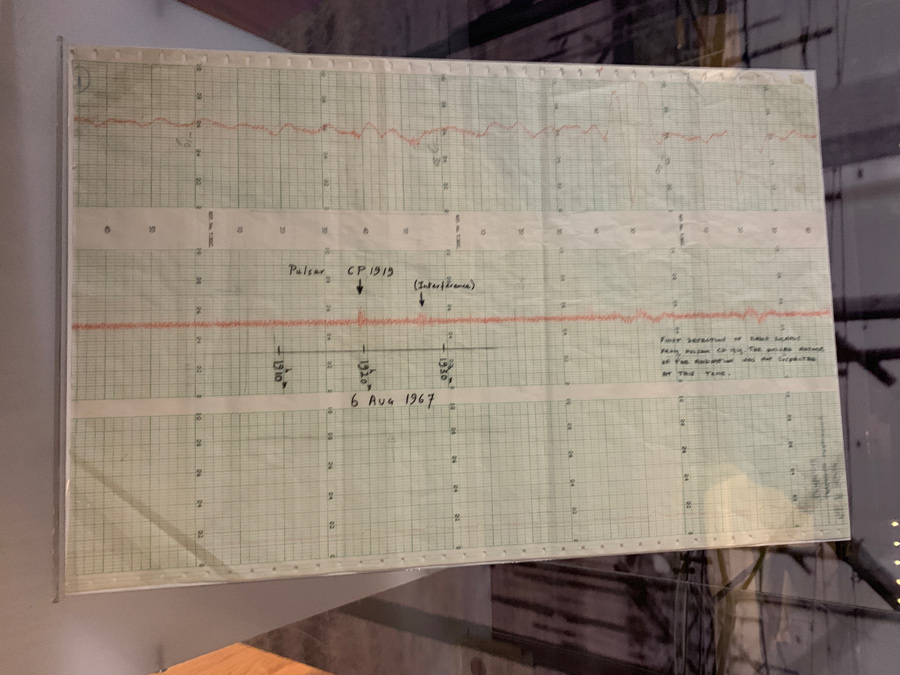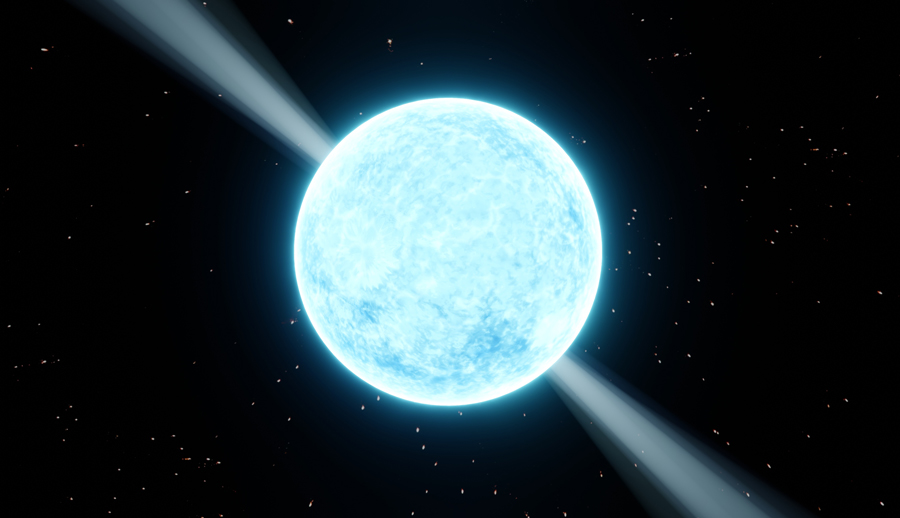- Dame Jocelyn Bell Burnell is an astrophysicist who discovered the first radio pulsars during her post-graduate research in 1967.
- She is only the second woman in history to receive the Royal Society’s prestigious award, the Copley Medal (2021) for her sustained outstanding achievements in astronomy.
- In 2018 she was awarded the (£2.3 million) Special Breakthrough Prize in Fundamental Physics which she donated to advance opportunities for women and other under-represented groups in science.
In the late 1960s Cambridge PhD student Jocelyn Bell Burnell was studying quasars (very luminous active galactic nuclei) when she reported anomalous data which was later identified as pulsars (‘pulsating stars’).

While she was controversially missed off the list for the Nobel Prize awarded in 1974 for this discovery, Bell Burnell continued to be a pioneer in the field.
It was the ‘tradition’ that when a woman entered the lecture hall all the guys would whistle and stamp.
Now nearing the end of her career, Dame Jocelyn tells Research Features what it was like to grow up in Northern Ireland, be the only woman in a male-dominated environment, and what space research looks like in the era of AI technology.
Could you tell us a bit about how you first became interested in astronomy and what environment you grew up in as a child in Northern Ireland?
The Northern Ireland situation is tricky to put it mildly. Until very recently there was still considerable friction between Protestant and Catholic communities. My family was Quaker, which wasn’t proper Protestant and wasn’t Catholic either. To some extent the Quakers could be a bridge in the community. It also wasn’t the most liberated part of the United Kingdom.

The tacit assumption was that females were going to get married, be stay-at-home wives and mothers, and weren’t going to be in the workforce. For example, we all had to sit an exam at age 11 to 12 years and there was a higher pass mark for girls for many years, because too many girls were passing that exam and preventing boys from getting a good secondary education. The theory was that those girls weren’t going to use that education because they were only going to stay at home.
You’ve talked about impostor syndrome at Cambridge and feeling out of place as a woman working in a male-dominated environment. Can you tell us more about that?
Cambridge is very male dominated. In the whole of Cambridge, there were three colleges for women and about 30 for men; that was the level of imbalance and in the sciences it was even stronger than that. Women were very few and far between.

Serge Yerin (YeS), CC BY 4.0, via Wikimedia Commons
I developed resilience over a number of years though. It wasn’t fashionable for girls to study physics anywhere in the UK, but I wanted to do physics. As an undergraduate, I was the only female in a class of 50 doing honours physics, and it was the ‘tradition’ that when a woman entered the lecture hall all the guys would whistle and stamp and catcall and bang their desks. You had to be pretty clear why you were doing physics to stand up to that.
How do you feel now about being held as one of the go-to women in STEM?
You have to behave impeccably; that’s the biggest issue! If you do something really stupid, there’s a risk. Things are getting a lot better, particularly in astrophysics. There are a lot of women now – more in astrophysics compared to other branches of physics.
Would you be able to briefly tell me about the research that you were doing in 1967?
I was a PhD student in Cambridge, England (having done my first degree in Scotland). I joined a project that was identifying more quasars because at that stage quasars were very new and only a few had been identified. We now know stacks of quasars, but at that stage there were only about 20 and I got the number up to about 200 through my research. I spent two years helping build the equipment and then was the first person to use the equipment for my final and third year in the UK. I wasn’t the only one constructing the equipment, there were a group of about six of us. I was spared quite a lot of the really heavy stuff, but I could swing a sledgehammer. By the end of those two years of construction I could hit a hockey ball from one end of the pitch to the other. I became so strong with all this hammering. My hockey team never learnt; the forwards would watch the ball go by and say, ‘Oh, Jocelyn, how are we meant to get that?’

Billthom, CC BY-SA 4.0, via Wikimedia Commons
After helping build the equipment, I then became the sole user and I was still suffering this impostor syndrome, so I was extremely thorough and careful chasing up all the anomalies. In part to make sure that the equipment was working as we planned, but there were one or two occasions where I had to convince myself. Because of this paranoia I was paying very close attention. There was 24 feet of paper data being printed per day and there was this quarter inch which showed an anomaly. I was following it up and it turned out to be these pulsing sources (pulsars).
You said back in 2011 when talking with Jim Al-Khalil that equipment for detecting pulsars was quite limited. How has the study of pulsars changed since their initial discovery?
I suspect it’s certainly got quieter since then. One of the consequences of studying pulsars is that radio astronomers have found single pulses, one-off pulses, which we call fast radio bursts, coming from considerable distances, way, way beyond our galaxy, from other galaxies. A lot of these seem to be one off, but we’re also finding some that repeat; astronomers are doing that kind of work alongside the pulsars because it uses the same kit. That field is much more dynamic now than the pulsar field. They are using pulsars in interesting ways, to study the early universe for example, but pulsar research per se has become much more routine.
With the development of things like AI technology, if you were to start your PhD now would you approach it differently?
The output certainly wouldn’t be on paper charts with a squiggly red line on it! It would go straight into the computer. At that time, the University of Cambridge had one computer and it took up a whole room because it was pre transistors, it was made with vacuum tubes and it had less memory than my laptop. It would also certainly be much easier to fold the data to look for a repetitive single signal. With computers you can Fourier transform when and where you wish, and that turns up periodic things beautifully. It’s a real treat doing that.
In 2018 you won the Special Breakthrough Prize (£2.3 million). Is that now being distributed through the Institute of Physics?
Yes, the Institute of Physics have created a programme using that money to fund female students and other under-represented groups. They’re typically funding eight or ten students a year, and they’ve been running three or four years.
They are using pulsars in interesting ways, to study the early universe for example.
The first students are just graduating with their PhDs, which is very nice. It increases the number of females in a physics department, increases the diversity. It may be hard work for those females, but it’s healthy for the department. There has been at least one student that I know of with quite serious mental health issues; the awardee has now got a supervisor he likes and he can work at home, which is what he wants. He just digs in at home and gets on with his stuff. He doesn’t like mixing with anybody, male or female, and if we can accommodate for people like this, we are doing our job right in making STEM more accessible.
In recent years there’s been more of a commercial presence in space. Has that changed your feelings towards astronomy?
Too many satellites make astronomy very difficult and that’s a serious risk these days. I am not sure how it’s going to pan out to be honest.

In the long run, there’s also pressure on the radio spectrum for more bandwidth, and of course it’s limited, so there are issues there as well.
Is there anything else that you’re particularly worried about in the present day when it comes to astronomy?
I’d like to see a number of developing countries enable some of their people to do astronomy, but it’s perceived as a luxury, so it’s still very much dominated by affluent Western countries. I would love to see it see it explored more broadly. South Africa’s rising up the stakes very fast because they’ve decided to invest in astronomy, which is fantastic, and you can really see the difference happening there. It’s wonderful.
Do you think in the UK in particular that there’s a lack of investment in astronomy?
Astronomy is a popular subject and we all have great, ambitious ideas, so there’s always a lot of disappointed people every grant round. More money would be well used. The Breakthrough Foundation is now funding things in Oxford, which is a great help. We’ve got it slightly easier here than in many departments, but it’s precarious doing research in academia in Britain because of the lack of funding in every subject.
Is there anything that you would like to work on in the coming years or are you settling into retirement?
I’m very excited by the way that improvements in astronomical equipment have meant that we can use shorter and shorter integration times. You don’t have to take such long exposures to put it in optical terms because our kit is that much better. And when you use shorter exposures you suddenly see things aren’t a steady signal, they’re fluctuating or maybe pulsing or maybe switching off every so often. That’s what we call the time domain; studying how signals vary with time is big business now, with recent improvements in astronomy detectors. It’s something I’m currently watching (I wouldn’t say working on). I’m not doing any research myself at the moment, but I’m trying to keep up with major developments because I still get asked to do a lot of talks.
Interview conducted by Todd Beanlands
todd@researchfeatures.com










